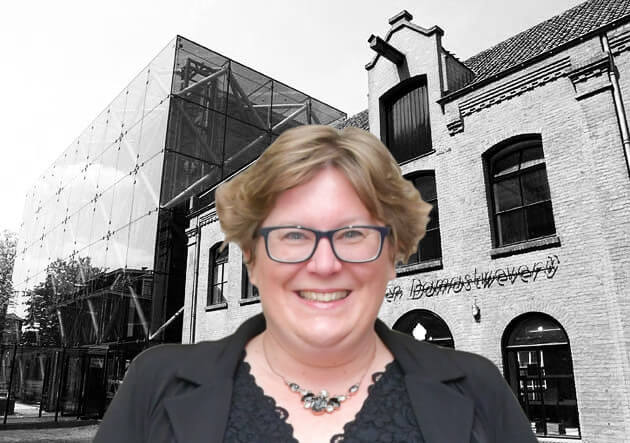
Ask a group of designers to tell about their failures and you will get the most beautiful stories. Trial and error is inherent in the design process. The outside world often has the impression that designers have a magical gift and that designers simply pull the most beautiful designs out of their hats. Nothing could be further from the truth. Designing means endless trial and error. Of a hundred sketches, only one remains; the other 99 end up in the garbage can. The work in the garbage can is the work that no one sees, but that ensures one good design gets there. To succeed as a designer, you must walk a path of failure.
Path of failure
Dealing with failure belongs to the designer, as a tennis racket belongs to a tennis player. In fact, for tennis players, it is just as accurate that they must learn to walk the path of failure. Roger Federer recently made that path beautifully insightful during an impressive speech at Dartmouth University. In his speech, he laid out several “tennis lessons”. One of those tennis lessons is about how to deal with failure. Of the 1526 matches Federer played as a professional, he won nearly 80%. But in those matches, he won only 54% of the points. Federer indicates that you must learn to develop a mindset to see lost points as “just a point” and put them behind you again. There are always strokes that don’t go well, but if you manage to put those failed strokes behind you, then you have complete freedom to focus on the next point. When you embrace failure, you create freedom.
To succeed as a designer, you must walk a path of failure.
Eveline van Zeeland
What is failure anyway? Will Reed, Head of Design at the Fidelity Center for Applied Technology, defined failure at this year’s Design Science conference in Boston not as something that fails but as not getting or not listening to the signal that things are about to go wrong. I found that a surprising definition whose hitting essence came to me immediately. It made me reflect on my own failures, and I came to the conclusion that in my biggest failure, this was precisely what went wrong: I was getting signals but not doing anything with them. I once wrote a book with someone else. Just before the manuscript was to go to the publisher, I ran it through a plagiarism scanner – just to be sure. Unfortunately, the result was severe: my co-author turned out to have copied entire sections of text verbatim from someone else. Both the publisher and I immediately removed our hands from the book. So much time and energy was spent on a project without any results. That check with that plagiarism scanner was not a regular routine. I did it from a stirring gut feeling. I had felt that his work was not authentic much earlier; I had just ignored all the earlier signals. How much time and energy could I have saved if I had done something with those signals much earlier? How much freedom could I have experienced if I had embraced this failure earlier?
Magnifying glass
Things can go wrong or turn out differently than you had hoped. That’s part of the process of trying and experimenting. However, intermediate signals toward success or failure do not belong under the microscope; rather, they are under the magnifying glass. In the words of Will Reed, “The biggest failure is if you don’t recognize that a failure is there and you just keep going on.”
Therefore, the best thing you can do to properly deal with failure is to be completely open to failure. You must assume that failures will happen anyway and learn to embrace that instead of hiding it. That sounds easier said than done. Will Reed emphasized the importance of working in a team in such a way that ideally, at the end of the day, it is not clear to anyone on the team who the ideas and failures came from. In such a team, feedback has become a natural part of the group, and signals come to light naturally. Failures arise more quickly when you act from an individual perspective. When you gather around you a team in which everyone acts from an open, curious, and humble mindset, then the chance of harmful failures is the slightest.
Reframing failures
Even better is reframing failures: seeing the failure as something good. After all, some failures are better than others, according to Will Reed. The best failures are the ones that make you learn the most. In terms of Carol Dweck, failures are not a “no,” they are a “not yet,” at least for people with a growth mindset. So the best thing you can do to handle failure is develop a growth mindset. Here lies an important task for managers. Do you judge someone by the results they achieve or the way they approach a process? Do you value predictability and prefer to see people doing what they are good at, or do you challenge them to step out of their comfort zone and explore uncharted paths? I am still convinced that the best question you can ask at a performance review is what people are still curious about and would still like to learn or discover. When you instill curiosity in your people, they naturally start to see failures not as a “no” but as a “not yet.” Then they start embracing failures.

